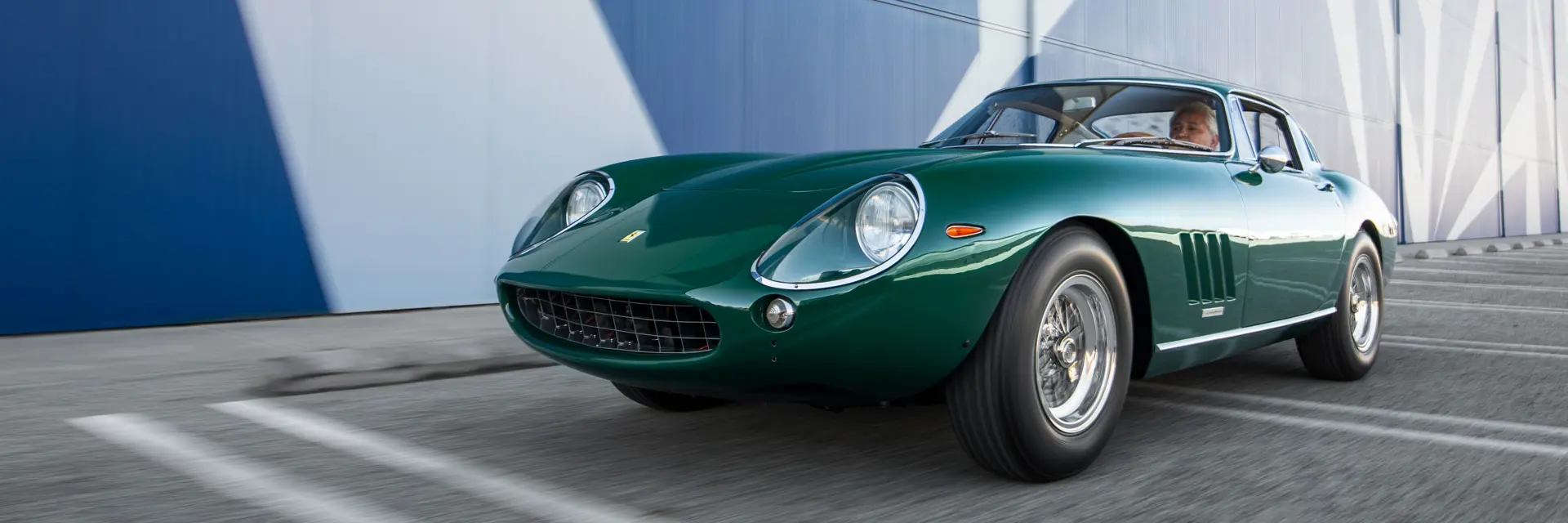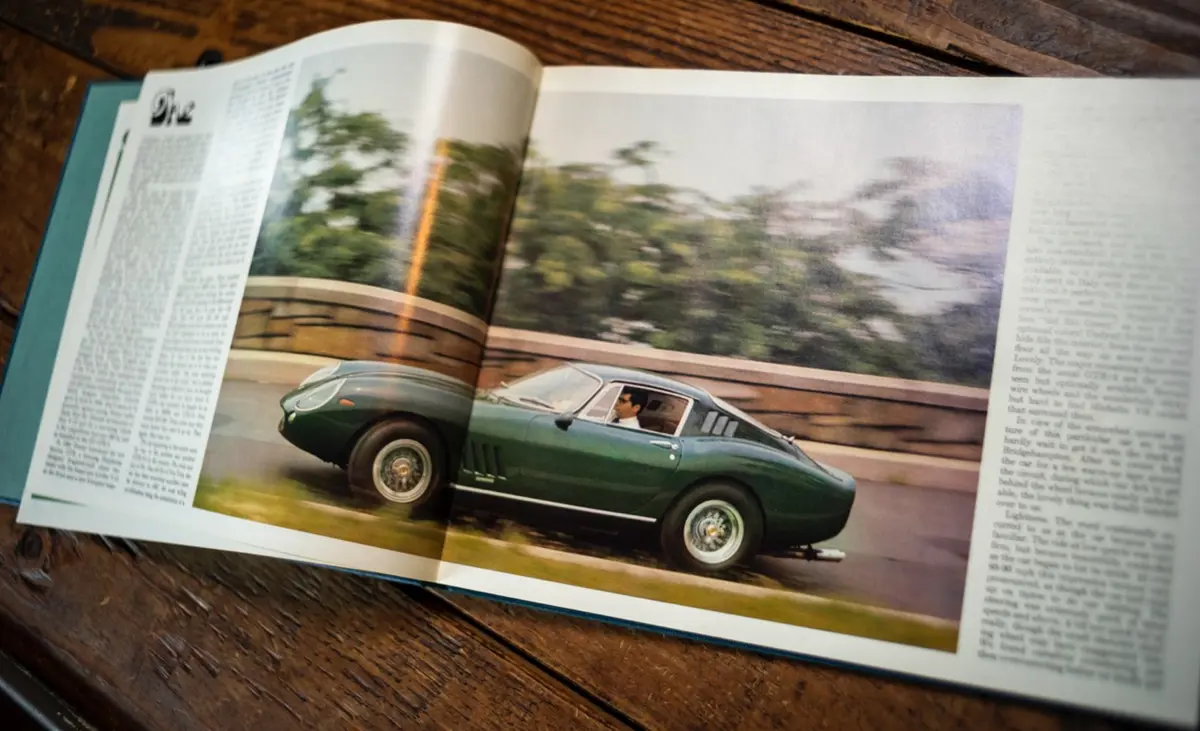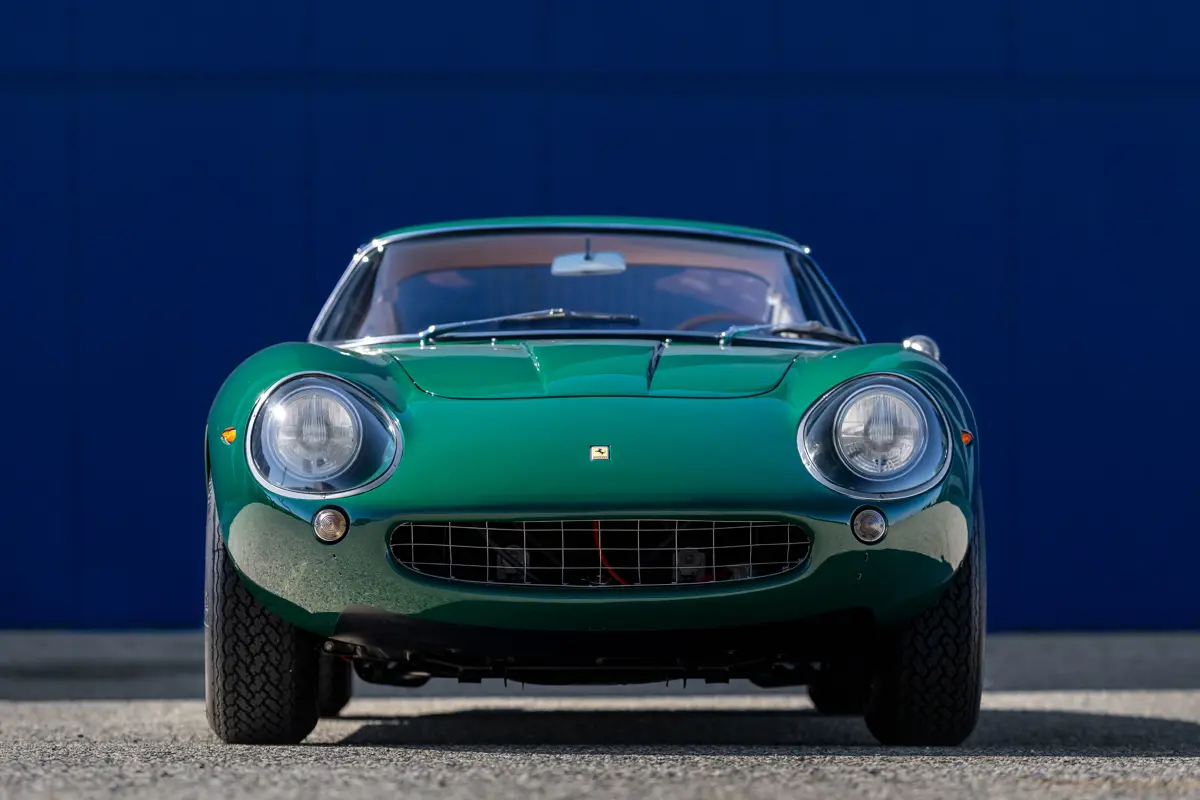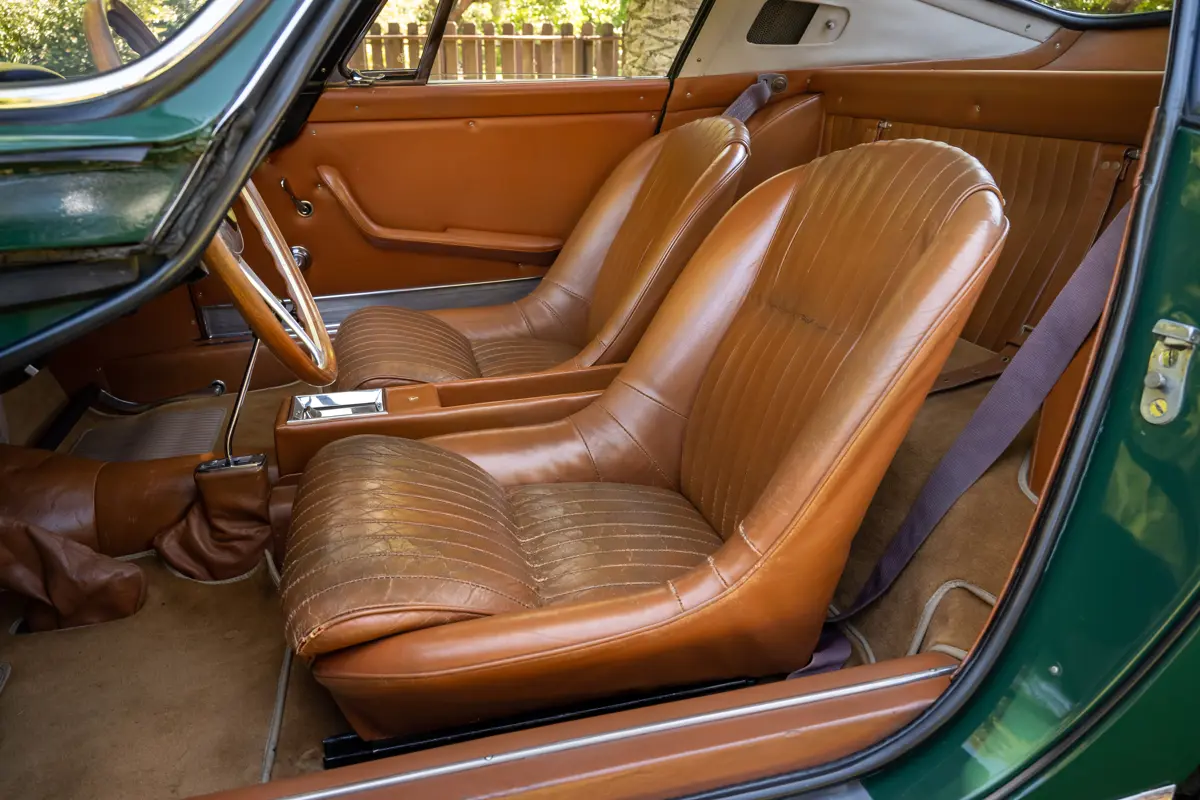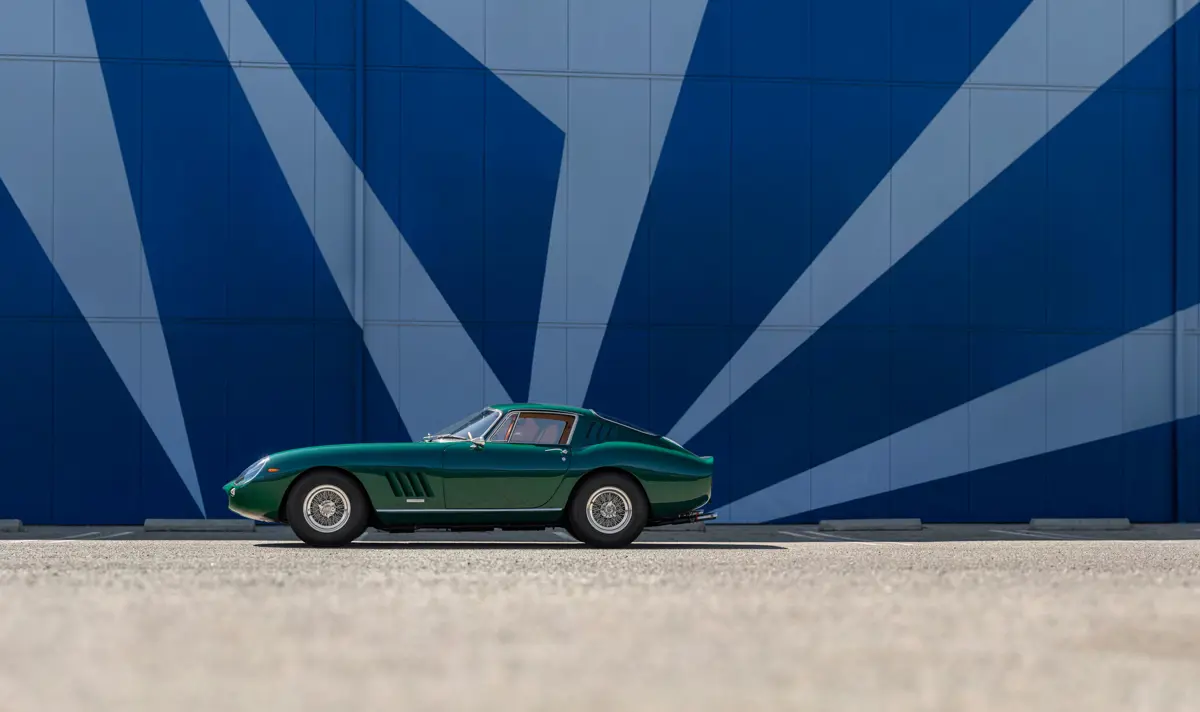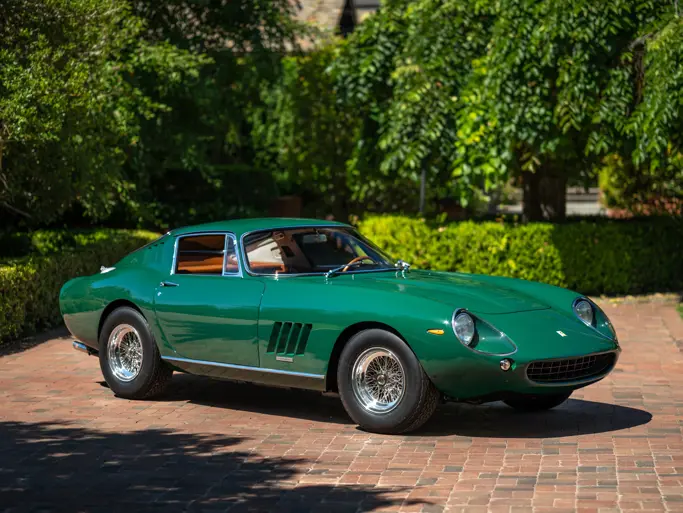Separating yourself is easy these days. Specialty automakers cater to clients with specific tastes, offering customizations ranging from a wider palette of color choices, accessories hewn from carbon fiber, as well as the de rigeur engine upgrades. For those who wish for even further personalization, prestige brands like Rolls-Royce have re-launched coachbuilding divisions to craft truly bespoke, one-off creations for their most devoted clients—money talks.
Of course, coachbuilding itself is nothing new—this handbuilt tradition of customizing chassis dates back to the days of horse-drawn carriages. Witness this 1933 Rolls-Royce Phantom II Continental Drophead Coupe by Thrupp & Maberly, ordered new by Woolworth department store heir Barbara Hutton, one of only three produced. The practice largely died out in the post-war era, as skilled labor was incorporated into major manufacturers. But for a few fortunate outfits—most all of them European—the customer was still king. Enter: Daniel Del Rio.
As captured in the Fall 1969 issue of Automobile Quarterly, Daniel Del Rio’s commission of a one-of-a-kind 1967 Ferrari 275 GTB/4 was inarguably famous in period. A stockbroker for the legacy Wall Street firm of Delafield & Delafield, which dates back to the early 1910s, Del Rio had a clear eye for details and sufficient resources to realize his desires. Reviewing the correspondence on-file for the making of this unique car is alone worth registering to bid on the RM Sotheby’s website: it represents a bygone time of true customer service.
Leading the primary requests from Del Rio was the then-new Tipo 226 V-12 engine equipped with four camshafts. Two months later, he amended the order, requesting six carburetors. Automobile Quarterly reserved particular praise for the Weber 40 DNC-9 racing carburetors, reporting that they “add a handy wallop at the top end but permit a lazy idle speed of around 700 rpm,” far superior to the standard setup. The product was a genuinely potent grand tourer.
But undeniably the most important specification on this sports car is its unique color combinationl; green-over-tan is always a tasteful choice, but the specific shades on this 275 GTB/4 put it in the pantheon of all-time greats. Del Rio not only specified the shade of green, Verde Medio 6700, but identified his preferred manufacturer: Italver of Milan. A sample sent by Ferrari of Verde Medio Metallizzato made by Salchi was deemed insufficient. Del Rio replied five days later, insisting on Italver and cheekily adding, “as this is commercially available in Italy, I would not expect that any extra cost would be involved.” Today, this would cost untold thousands.
Del Rio’s desires did not end there. Wire wheels were a top request, “all chrome; rims as well as hubs and spokes.” Del Rio also wished for his grille to be moved forward 2-½ inches, making for a less-inset face on one of the most elegant Ferrari models ever made. Furthering the aerodynamic elegance, the Ferrari was delivered to Del Rio in Italy without front bumperettes, according to marque historian Marcel Massini. A Monza-style gas filler completes the exterior.
Inside, the customization continued. Del Rio specified a tan Tobacco leather, code UM-3104, with brown carpets, if possible. Ferrari countered with Pelle Orange VM 3014 with beige carpets. Sometimes, the manufacturer wins. Del Rio’s wishes for a black leather dashboard with no wood and full leather seats (“no cloth”) were granted, fortunately. There was just one small matter of the arm rests. In a letter dated 2 March 1967, Ferrari’s representative, Dr. Alfredo Vassallo wrote, “We are unable, in fact, to cover the arm-rests with leather… unless we make a seam, which is not good-looking to see, along all the arm-rest length.” Del Rio replied with a terse telegram days later, advising Ferrari to go ahead with the leather in spite of the seam.
By then, Del Rio was already traveling in Europe. Ferrari importer Luigi Chinetti had quoted a delivery date of late February 1967; Del Rio requested an earlier delivery, to no avail. With all the special customizations, Ferrari revised their delivery date for March, then May. As of May fifth, Del Rio was getting perhaps a bit impatient, telegramming his contact, “Hope labor strikes, factory fires, or other acts of God not delaying car. When will it be finished as may come over for it myself.” Ferrari replied the same day, declaring Del Rio’s car was ready for pickup.
At the end of the month, Del Rio’s contact at Ferrari sent a letter arranging shipping. A small, handwritten note at the end of the letter exclaims, “No strike, no fire, no nothing!” Producing a one-of-a-kind work of art is still a point of pride today for all Italian manufacturers. Today, it is perhaps far less of a personal effort. The efforts of Del Rio to get exactly what he wanted produced a Ferrari for the ages. Automobile Quarterly was quick to mention that Scaglietti, Ferrari’s in-house coachbuilder, “now lists ‘Del Rio Green’ as one of their optional colors.” No other customers were inspired enough to order it, making this Ferrari unrepeatable.
The Tailor Made division of Ferrari launched in 2011. With some early exceptions for motorsport, Porsche Exclusive Manufaktur dates themselves back to 1978. Thanks to one very particular stockbroker, we have evidence that extreme personalization was an option with top-tier sports car manufacturers as far back as the late 1960s. Now this car is the ultimate prize for any Ferrari collector—a truly unique specification, blessed by and finished at the factory.

